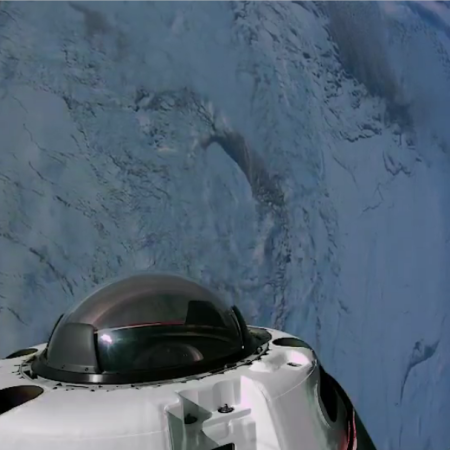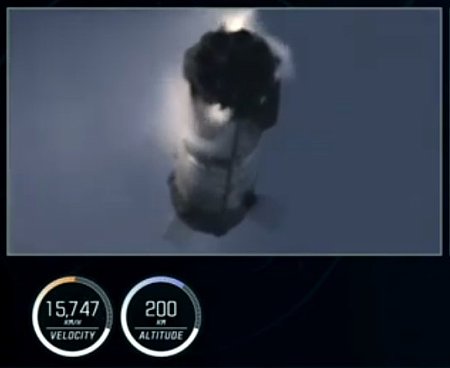Texas legislators vote down bill giving SpaceX power to close Boca Chica roads
The House State Affairs Committee in the Texas state legislature yesterday voted 7 to 6 to reject a bill that would have given SpaceX the power to close the roads at Boca Chica rather than local county officials.
By a vote of seven “nays” to six “ayes,” members of the Texas House State Affairs Committee narrowly voted down Senate Bill 2188 — the companion to state Rep. Janie Lopez’s, R-San Benito, House Bill 4660. With the vote, the committee has declined to refer the bill to the House floor for a full vote.
The identical bills would shift control of road closures from Cameron County officials to SpaceX and the mayor of the likely new city of Starbase.
It appears there is still a chance the bill could get a vote in the full legislature this year, but that will require parliamentary maneuvers and deal making.
The bill lost because of a heavy campaign by a range of special interest activist groups, some of which have been working to block all of SpaceX’s activities in south Texas because they simply hate Elon Musk. At the same time, there are certainly valid reasons to question putting this power in the hands of a single private company.
The House State Affairs Committee in the Texas state legislature yesterday voted 7 to 6 to reject a bill that would have given SpaceX the power to close the roads at Boca Chica rather than local county officials.
By a vote of seven “nays” to six “ayes,” members of the Texas House State Affairs Committee narrowly voted down Senate Bill 2188 — the companion to state Rep. Janie Lopez’s, R-San Benito, House Bill 4660. With the vote, the committee has declined to refer the bill to the House floor for a full vote.
The identical bills would shift control of road closures from Cameron County officials to SpaceX and the mayor of the likely new city of Starbase.
It appears there is still a chance the bill could get a vote in the full legislature this year, but that will require parliamentary maneuvers and deal making.
The bill lost because of a heavy campaign by a range of special interest activist groups, some of which have been working to block all of SpaceX’s activities in south Texas because they simply hate Elon Musk. At the same time, there are certainly valid reasons to question putting this power in the hands of a single private company.




